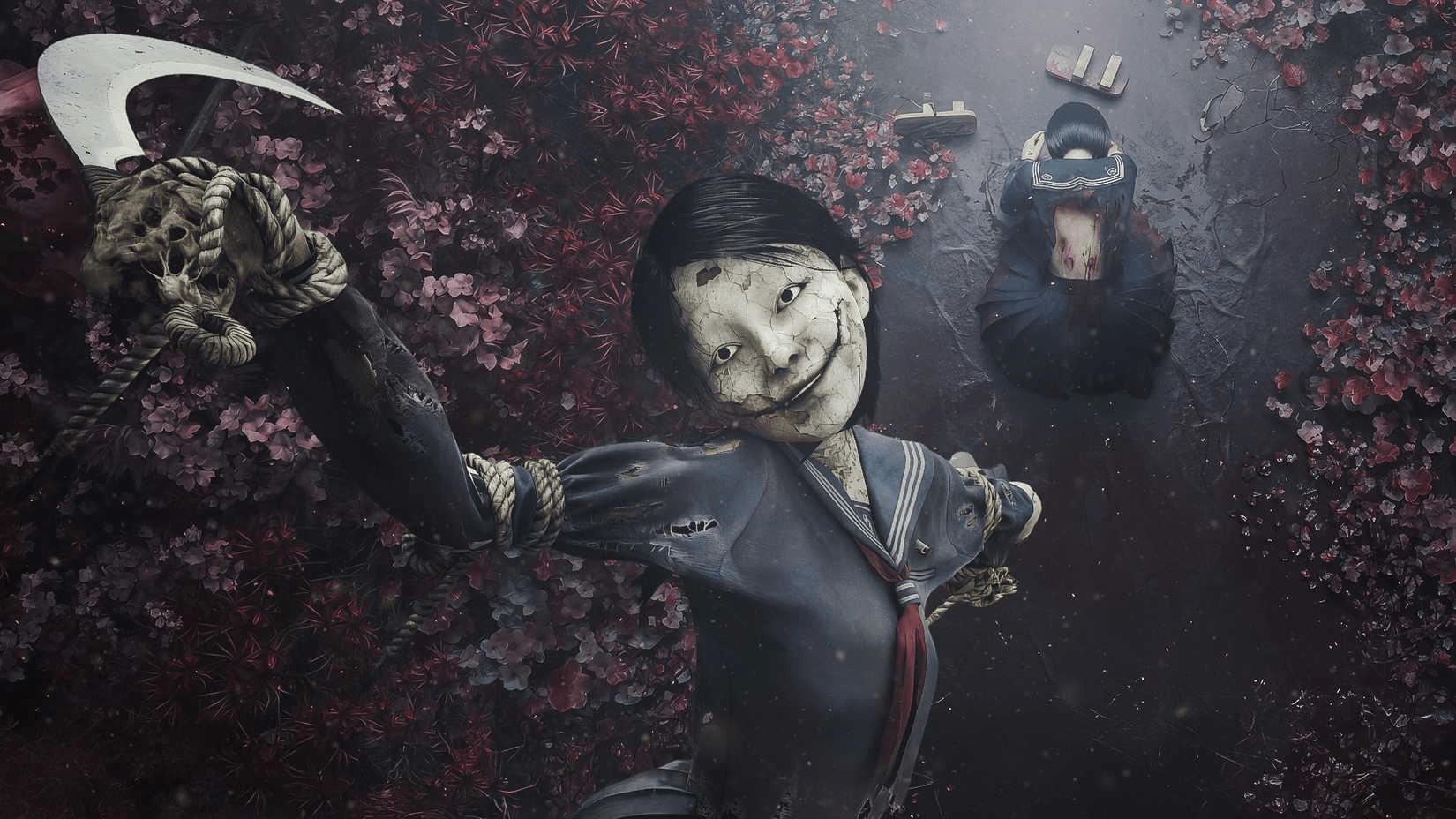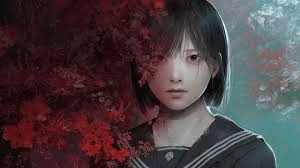Why the new entry matters for survival-horror fans
“Silent Hill f,” released late last month, arrives with a distinctly Japanese sensibility that reframes a franchise long defined by foggy Americana. The new title layers folkloric dread over urban unease, swapping rusted industrial decay for moldy tatami, crimson blossoms, and creeping rot that feels tactile and local. For veteran players, the tonal pivot is a homecoming to the series’ Konami origins; for newcomers raised on streamers and short-form clips, it’s a visual hook that stands apart from jump-scare assembly lines. The design favors dread over spectacle: longer silences, stranger puzzles, and a score that twines ambient hums with traditional motifs.

Culturally, the game’s shift returns ownership to Japanese horror’s foundational ideas: the uncanny within domestic spaces, grief that stains rooms, and ghosts as social memory. That choice also broadens the series’ commercial path in Asia, where genre fandom is deep and cosplay communities quickly translate imagery into shareable moments. For Western markets, the novelty is equally potent; a “foreign familiar” that plays like a postcard from a haunted past. Streamers who built audiences on survival-horror will find “Silent Hill f” generous to watch — its palette, camera language, and claustrophobic sound design make even slow scenes captivating.
Design notes and the player experience
Early critical discussion highlights the game’s restraint: fewer guns, more improvisation, and a focus on choice-consequence that echoes prestige TV arcs. The narrative asks players to sit with shame and exile — themes that resonate well beyond horror. If successful, this direction could nudge competitors to rethink “scare-per-minute” metrics in favor of mood and metaphor. For the franchise, it’s a bet that audiences want to feel haunted, not merely startled. And for the industry, it’s a reminder that cultural specificity — done with care — scales globally.

 TPW DESK
TPW DESK 









